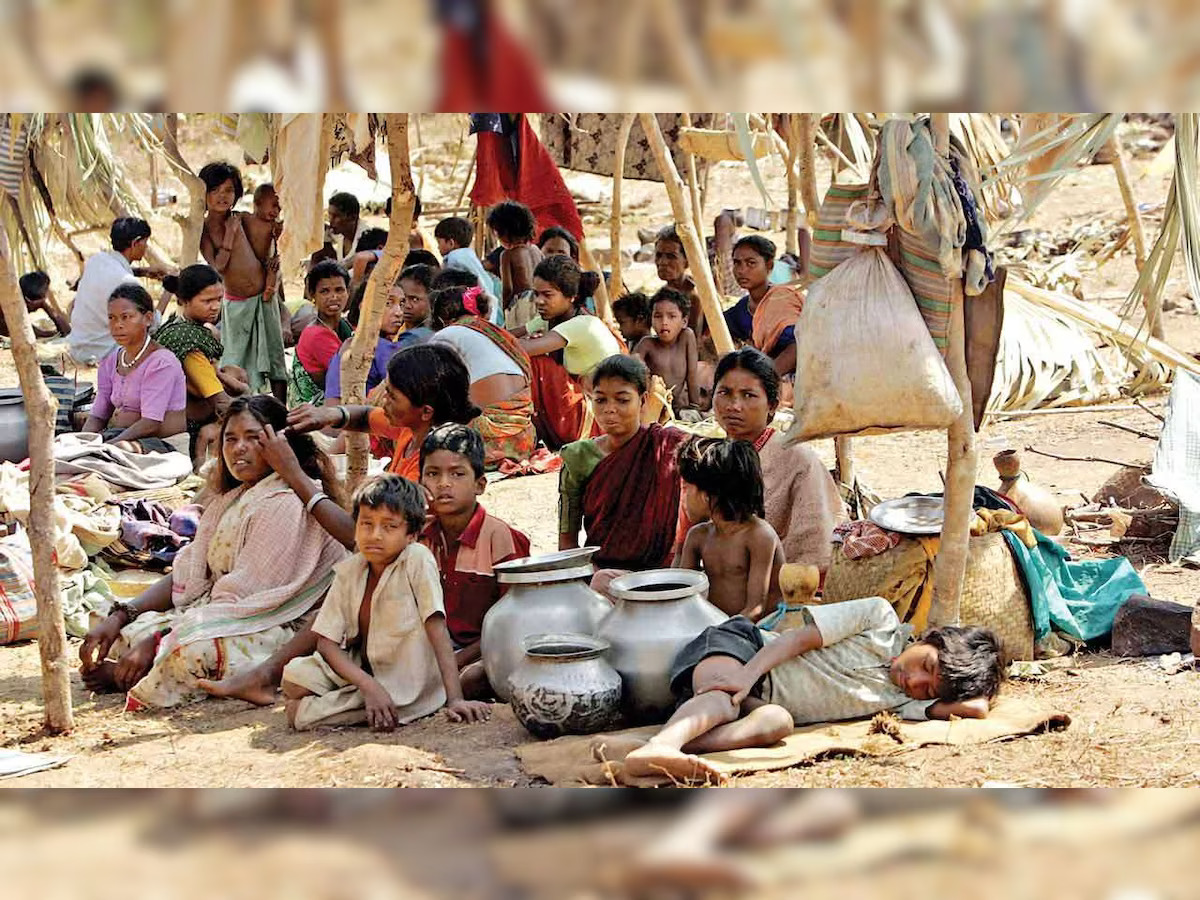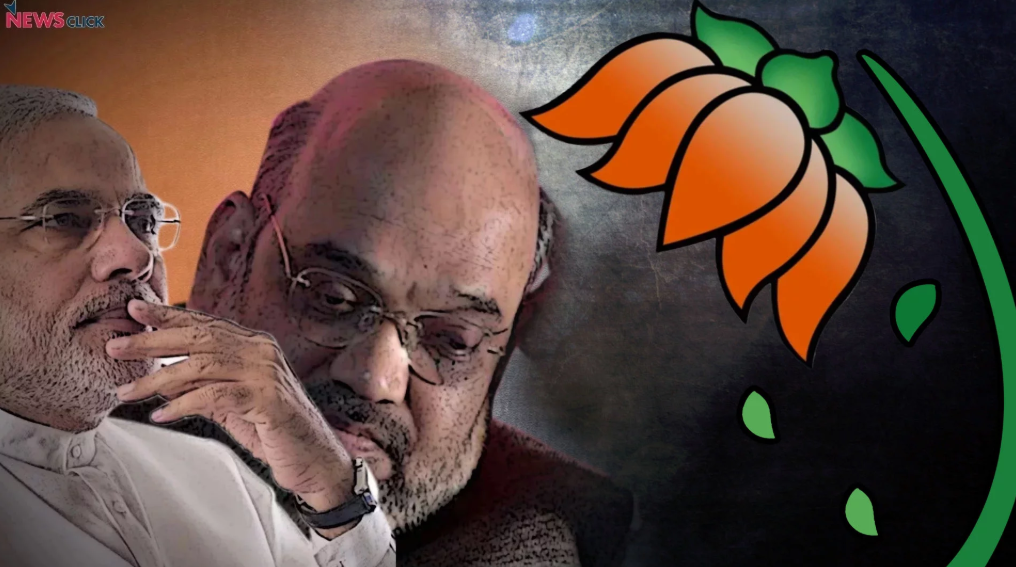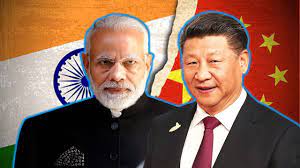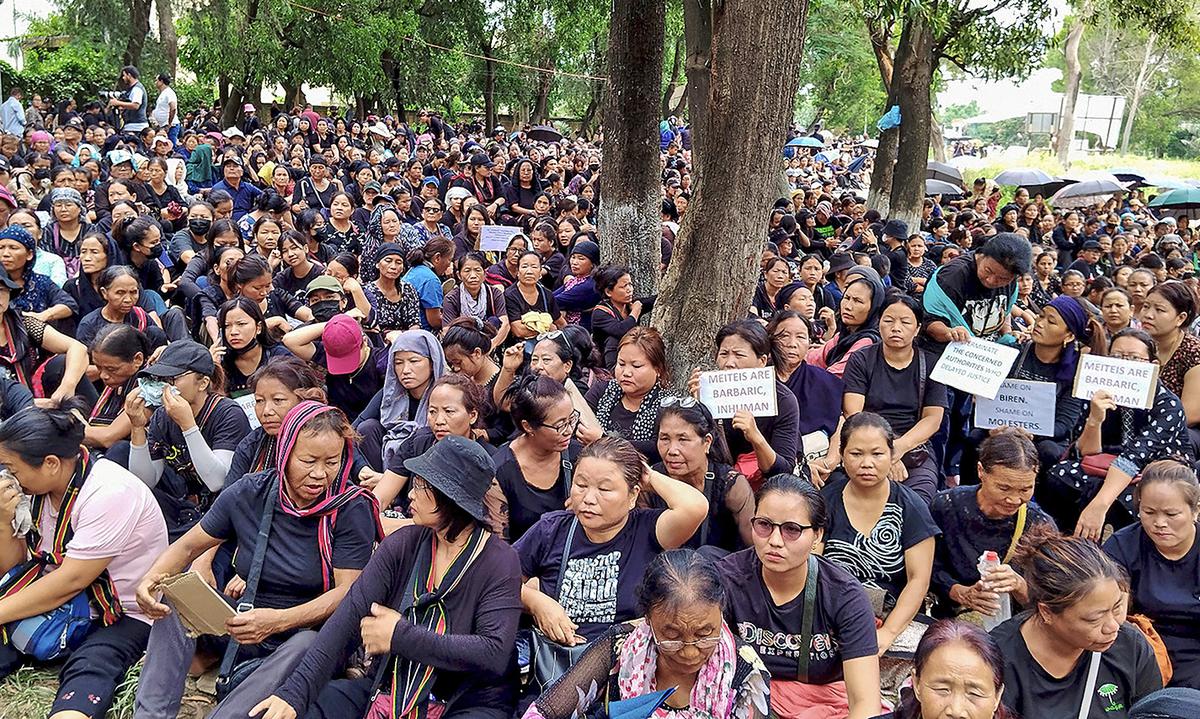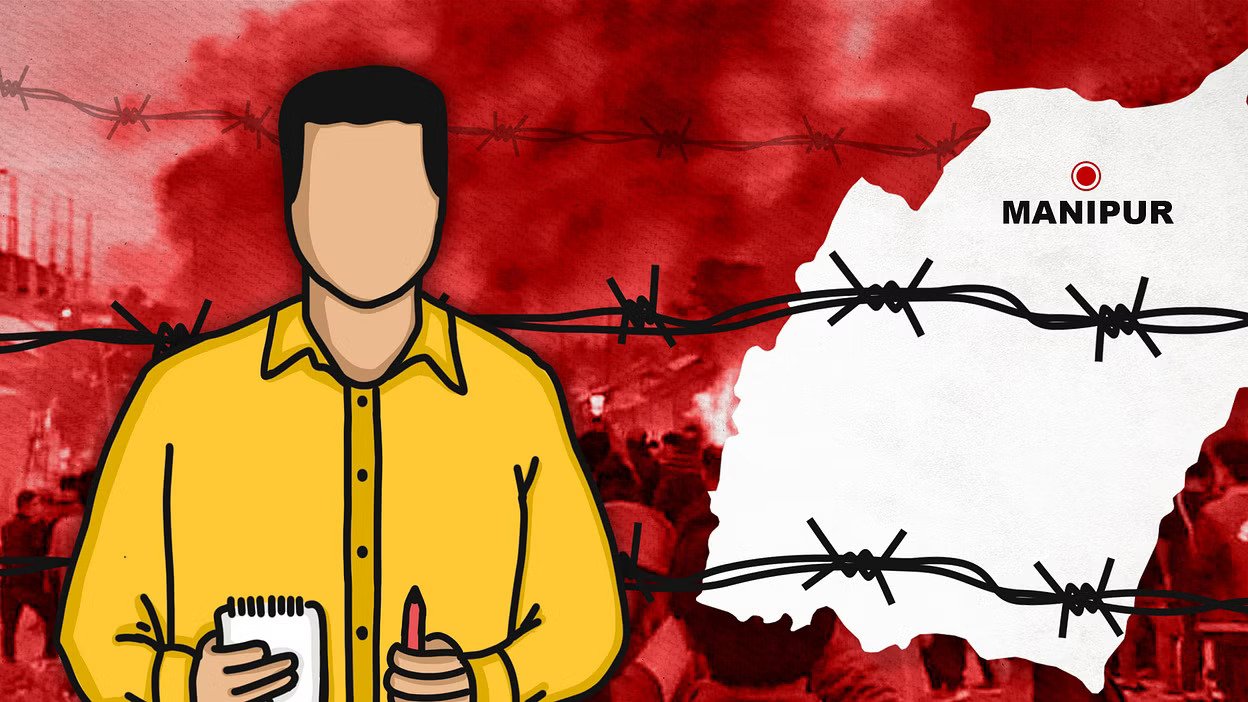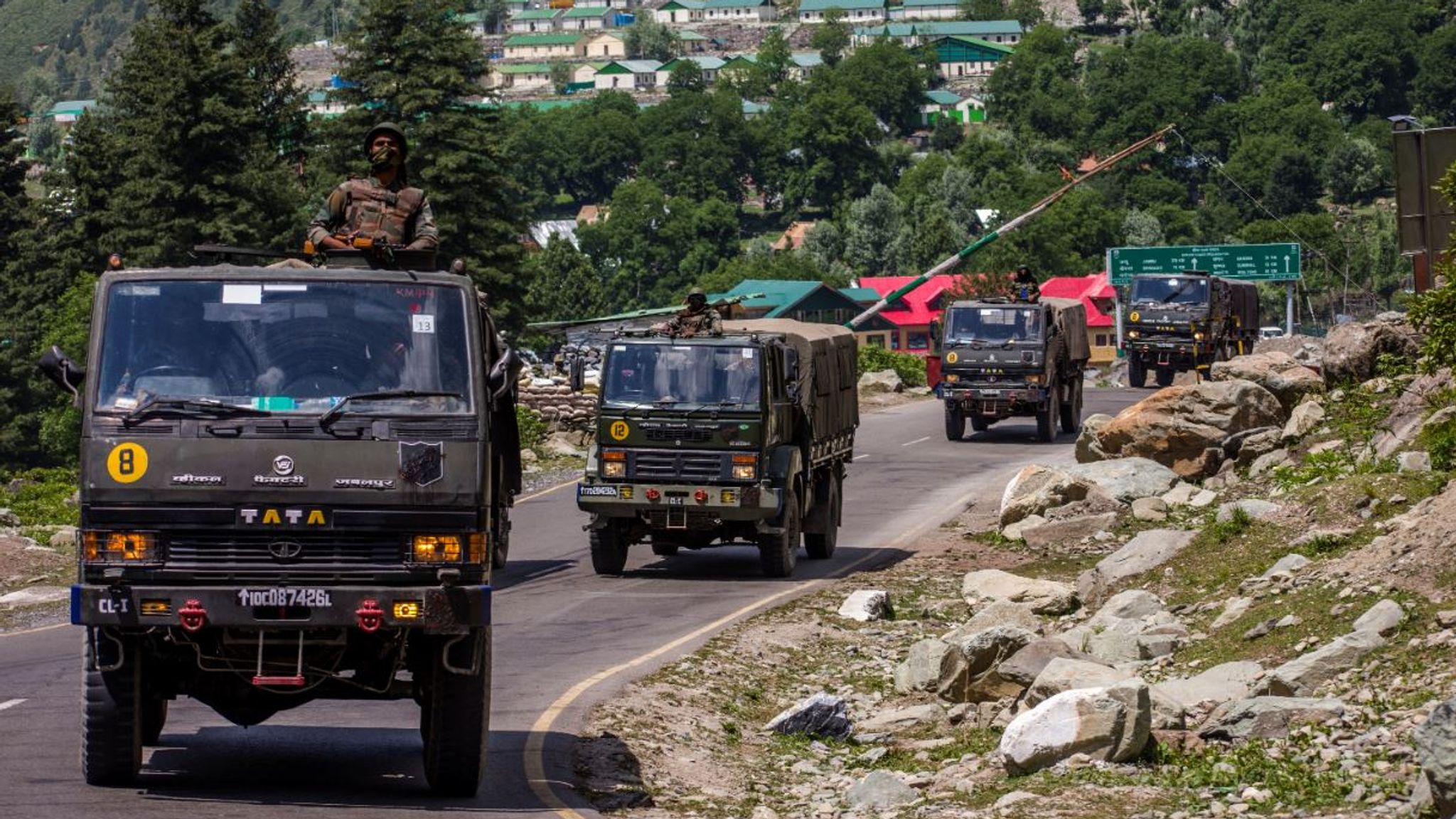Over the years, India has made enormous strides in eradicating poverty. Numerous government programmes and the country’s economic expansion have helped many people live in better conditions. Positive signs of poverty reduction have emerged in recent years, such as improved access to social welfare, healthcare, and education programmes.
But it’s crucial to remember that poverty is a complicated problem that may be impacted by a range of variables, such as economic changes, governmental regulations, population expansion, and geographical inequalities. In certain areas or groups, difficulties and pockets of poverty could still exist. And we are a long way from raising our populace out of poverty.
There has been significant improvement in the way that 1.4 billion Indians live, seek their dreams, and engage in activities to accomplish life goals across twelve development indicators that indicate poverty levels. The ‘National Multidimensional Poverty Index: A Progress Review 2023’ study, which was just produced by NITI Aayog, is fairly thorough and generally regarded in terms of methodology, sample, and computational tools. According to this estimate, the BJP-led administration led by Prime Minister Modi enabled over 135 million Indians to overcome poverty between 2015 and 21. These numbers and conclusions may be challenged by many cynics. This appears to have been made eminently practicable by “actual delivery” and “plugging leakage of scarce resources” in more than a dozen government programmes.
In accordance with global surveys conducted by the United Nations Development Programme (UNDP) and the Oxford Poverty and Development Initiative (OPDI), the Multidimensional Poverty Index (MPI) was introduced in 2021. Our own MPI examined 707 administrative districts across 28 states and 8 Union Territories to determine that India’s poverty rate is clearly on the decline. On 12 variables, including nutrition, child and adolescent mortality, maternal health, years of education, school attendance, availability of cooking fuel, sanitation, and access to clean drinking water, power, housing, assets, and bank accounts, significant changes have been documented. These metrics were examined for the years 2015–16 to 2020–21 and were dispersed throughout three major categories: education, healthcare, and standard of living for Indians.
This study’s most important conclusion is that states like Uttar Pradesh have done remarkably well, with more than 34.3 million people leaving poverty. States like the BJP-held Madhya Pradesh, the BJD-ruled Odisha, the opposition-ruled Bihar, and Rajasthan appear to have done well in combating severe poverty. Prior to now, these states were considered to be behind in terms of socioeconomic growth. The most intriguing feature is the dramatic decline in rural India’s poverty rate, which fell from 32.59 percent to 19.28 percent during a five-year period. However, poverty reduction in cities has decreased from 8.65 percent to 5.27 percent. According to the NITI Aayog study, the majority of the poorest people still reside in Bihar, Uttar Pradesh, Jharkhand, Meghalaya, and Madhya Pradesh, even if overall poverty levels have decreased by 10%.
The focus right now is on whether India’s fight against poverty has reached a turning point. For India to become a developed nation by 2047 on all fronts—including the Happiness Index—clearly has to be done much more. According to the UNDP, earning $2 a day was a reliable indicator of poverty. The number of people in India making the minimum wage has no factual evidence. The statutory minimum daily salary in India was Rs. 178. The minimum wage threshold amounts to $1.92 as opposed to the $2 that the UNDP recommended for a developing nation like India, even if implementation on the ground has been uneven. Again, minimum salaries vary per state, making it difficult to assess them all together. It was widely believed that there was a direct correlation between income and reducing poverty, making salaries one of the most significant factors in identifying and addressing the problem.
It is undoubtedly a tremendous challenge to reduce poverty in India, one that calls for more modern socioeconomic development models that are neither Western- or communist-driven. The only surefire way to eradicate poverty in Bharat is to reach out to the last man standing in the real spirit of “antyodaya” or “sarvodaya” and to put everyone into inclusive development mode. That was really advocated by thinkers like Vinoba Bhave, Deen Dayal Upadhyaya, and seasoned labour leader Dattopant Thengdi, but was rejected by the group of Western economists. The new government, whether it be the National Democratic Alliance led by Prime Minister Narendra Modi or the Opposition alliance of 26 political parties in India that seeks to meekly challenge him, may have to seriously consider a tectonic shift in the economic development model.
If the fight against poverty is to be won quickly—rather than having to wait until 2047, the 100th anniversary of India’s independence—shifting gears might not be simple. To make this happen, the next administration should give this alternative—taking the Indian growth narrative below the district capitals to develop self-reliant’ dynamic village clusters—serious consideration. Beyond districts and developing village clusters are concepts that have only been discussed in seminar rooms and have not been implemented as a meaningful, exclusive India development plan. One strategy for combating poverty and achieving independence is to strengthen local administration, particularly in the hinterlands where single-window stores are common.
The BJP might think of delivering governance to the doorsteps of the people as a paradigm shift in its strategy for eradicating poverty as it prepares to release its manifesto for the next five years and vision document for the next 25 years. Second, the next stage of India’s development plan may include developing our own definition of “poverty,” according to development specialists. Is earning $2 or $3 each day the standard, or are there other matters that require serious thought in addition to this basic problem? Thirdly, migration has become a phenomenon in India over the past 75 years, largely as a result of Dr. Manmohan Singh and his team’s efforts to impose economic reforms in the Harvard style. This country has been plagued by migration from rural areas to metropolitan centres and further afield to foreign countries, which also represents a significant brain drain. Can we win the battle against poverty if a comprehensive approach is not taken to this phenomenon?
Fourthly, by pushing for a fundamental change in social structures and upending their unsustainable Western or socialist underpinnings, a family-centred strategy for solving the socio-economic problem that Indians face may broaden the scope of the fight against poverty. Fifthly, the cycle of the fight against poverty would be completed by transforming Indian society with spiritual content and happiness. The future administration should focus on finding comprehensive answers to the problems of inadequate resources, poor local governance, income, development standards, and poor mental and spiritual health.
Although poverty in India continues to be a difficult problem, the nation’s dedication to tackling it via specific policies and programmes shows promise. Even though there has been progress, ongoing efforts are required to end the cycle of poverty and promote equitable economic growth. India can go closer to eliminating poverty and creating a more wealthy and equitable country for all of its residents by putting an emphasis on education, healthcare, employment opportunities, and social equality.
